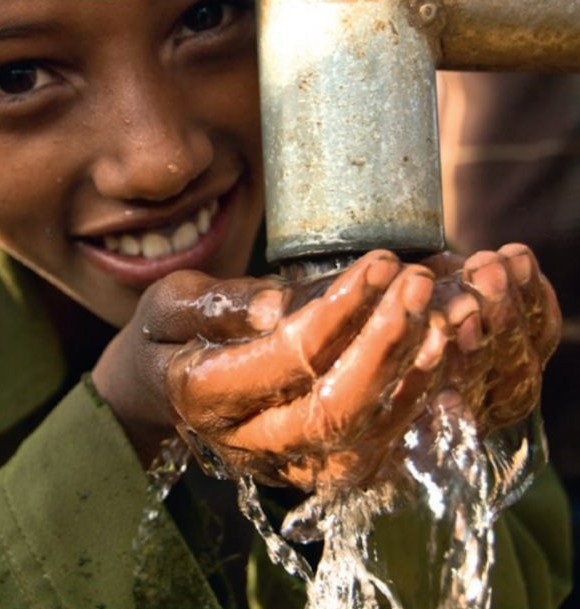We are recent graduates of New York University’s Center for Global Affairs, studying peacebuilding and international development. Last fall as we approached our final capstone semester, we knew we wanted to build upon our prior experiences in the Horn of Africa. Having become acquainted with EcoPeace and its environmental peacebuilding model, we began to wonder whether this model could be adapted for use in the region to address issues of inter-ethnic conflict. The head of our peacebuilding program connected us with EcoPeace, and our capstone consultancy began.
EcoPeace has spent decades helping communities and governments in the Middle East cope with conflict and water insecurity, developing a highly-effective people-to-people model that stresses healthy interdependencies and mutual interests. The recently established Program on Water Security (PWS) connects EcoPeace’s experience in the Middle East with the needs of civil society organizations around the globe. Complementing government-to-government water diplomacy efforts, PWS seeks to advance local environmental peacebuilding initiatives by helping civil society organizations located in water-insecure regions develop their organizational capacity and advance security for their communities.

Ethiopia is home to more than 80 ethnic groups and three predominant religions (Ethiopian Orthodox Christianity, Islam, and Protestant Christianity). Currently, Ethiopia is governed through a system of ethnic federalism, composed of nine regions representing the predominant ethnic groups and two administrative states. In the last century, the country has seen Italian occupation, the demise of its imperial monarchy, a 1974 coup leading to fourteen years under communist military rule, multiple internal and transborder conflicts, authoritarian rule, and great economic growth coupled with vast inequality.
Among other factors, environmental issues can often be conflict triggers. Ethiopia’s diverse landscape creates different climate zones and environmental issues across the country. Over the last half century, Ethiopia has experienced an increase in the frequency and severity of climate disasters that have had severe and sustained effects. Such issues have included drought, famine, and, in 2020, an unprecedented plague of locusts which have decimated crops throughout the Horn of Africa. These climate disasters increase instability as groups compete for resources and people are displaced from their homes. An increase in drought frequency has understandably correlated with an increase in conflict, especially among the pastoralist population. Drought conditions severely affect the viability of pastoralism, often resulting in near or complete herd death due to the shrinking of grazing land and scarcity of drinking water. Prolonged or repeated periods of drought have forced pastoralists towards sedentary farming lifestyles. As pastoralist groups settle into agricultural activities and communities, the demand on health, social, and infrastructure services increases.
Since Abiy Ahmed took office as Ethiopia’s prime minister in 2018 (and subsequently won the 2019 Nobel Peace Prize), many reforms have opened the political space for dissenting and minority opinions. This loosening of restrictions has allowed more space for NGOs to develop and grow. Specifically, laws restricting NGOs from receiving assistance or funding from international sources have been repealed. In light of these circumstances, we reached out to multiple NGOs working in peacebuilding and development sectors to gauge interest in EcoPeace’s programs.

Our plan was to travel to Ethiopia to meet with NGOs and other practitioners, presenting EcoPeace’s environmental peacebuilding model then conducting focus groups to learn how the model could be adapted for the Ethiopian context. Unfortunately, during our initial outreach to organizations, the COVID-19 virus began to spread and cause international travel restrictions, resulting in a suspension of much of our research. However, we were able to conduct Zoom meetings with representatives of two organizations working in different regions of Ethiopia. These representatives were very receptive to the model and provided us with constructive feedback on challenges it might face in the country. Further, they provided us with two specific areas where the model may be beneficial: The Awash National Park and the Ethiopian/Eritrean border in the Tigray region.
While more research and outreach is necessary before moving forward with potential partnerships in Ethiopia, our conversations led us to believe that such a program would be welcome, practical, and beneficial in addressing some of the inter-ethnic conflicts ongoing in the country. It is our strong recommendation that, upon the easing of travel and other restrictions related to COVID-19, this research resume.
Written by: Sarah Gibbs & Bryan Bintliff, 2020 graduates of NYU’s Center for Global Affairs, MS in Global Affairs program.